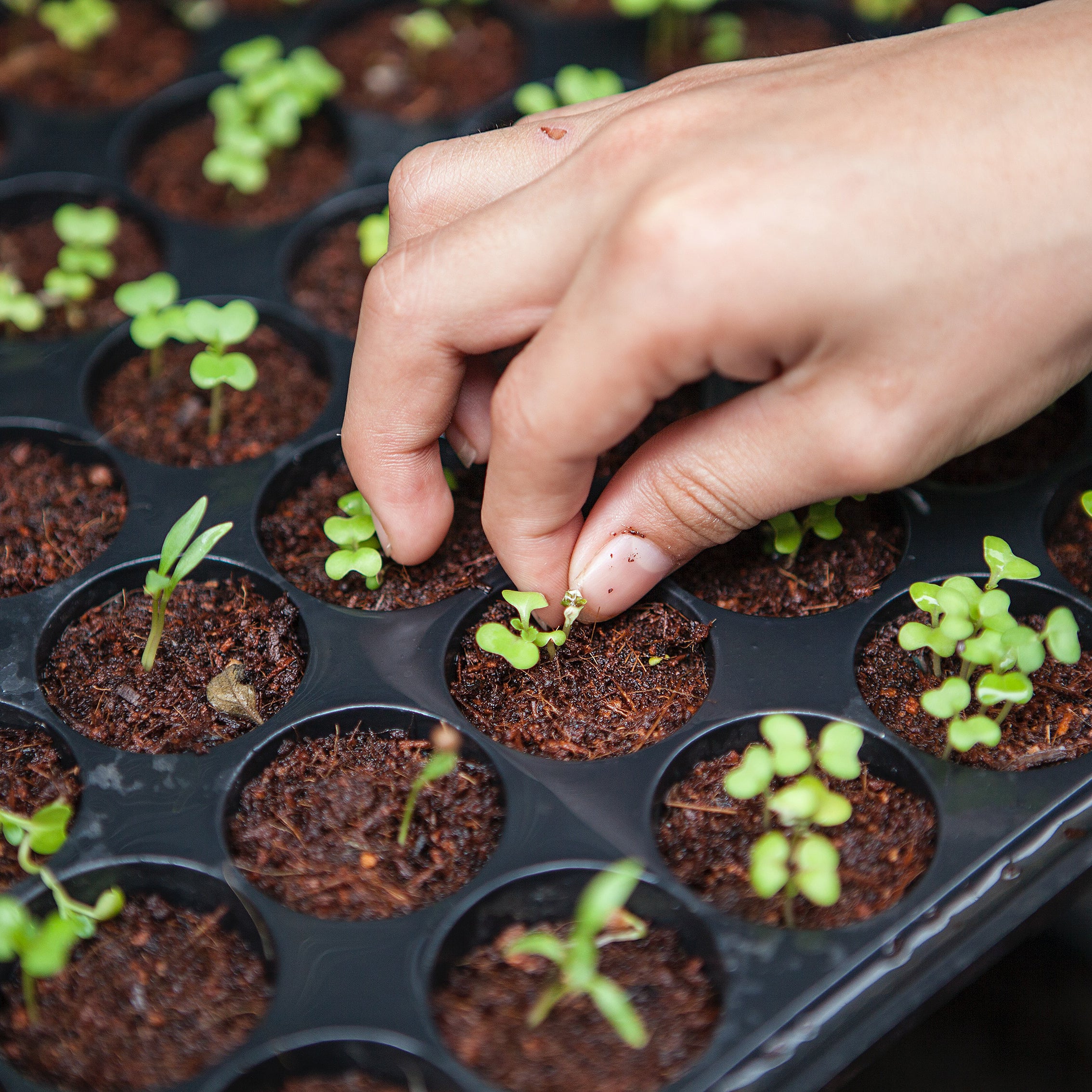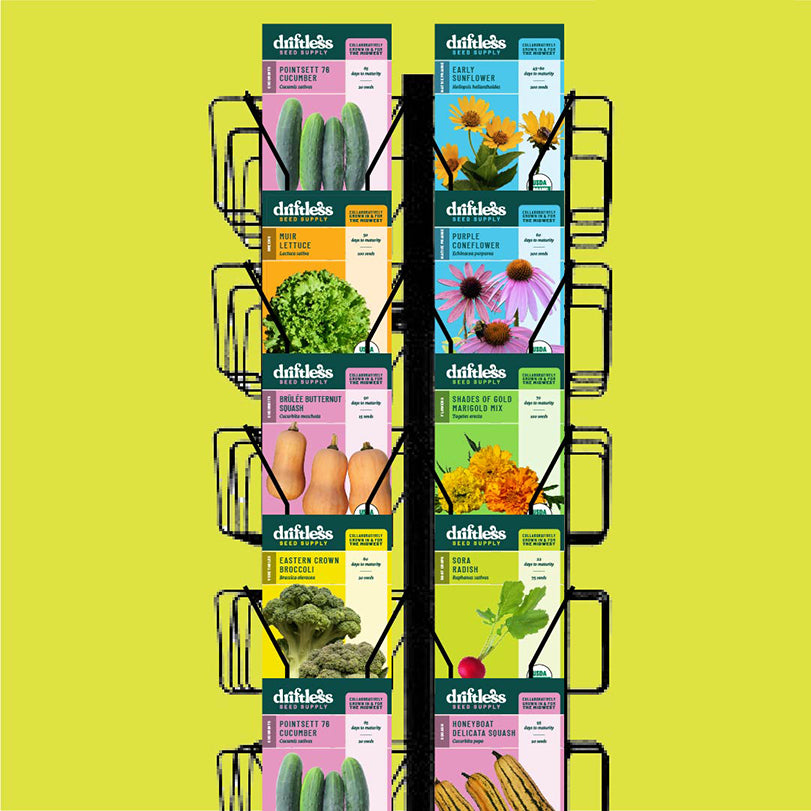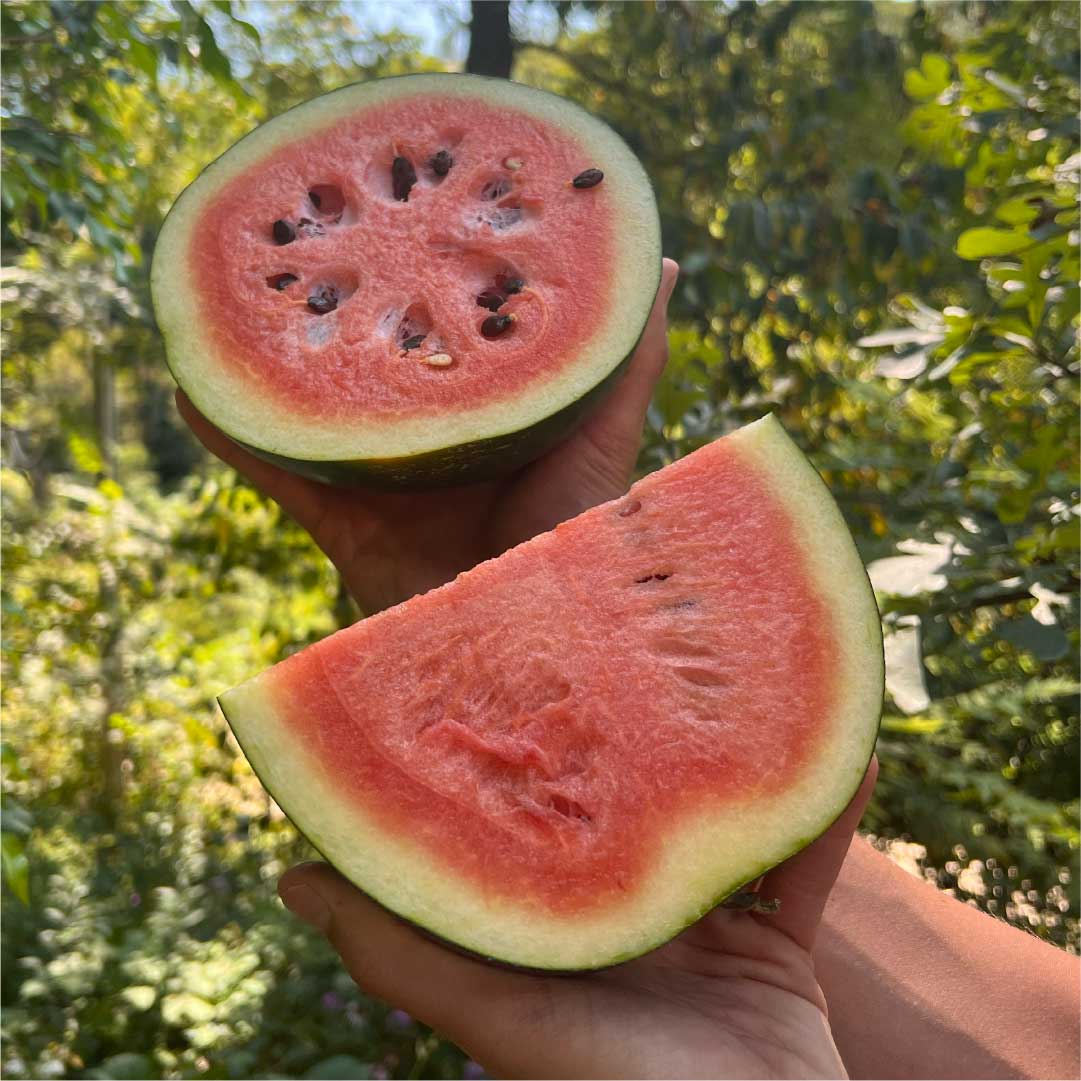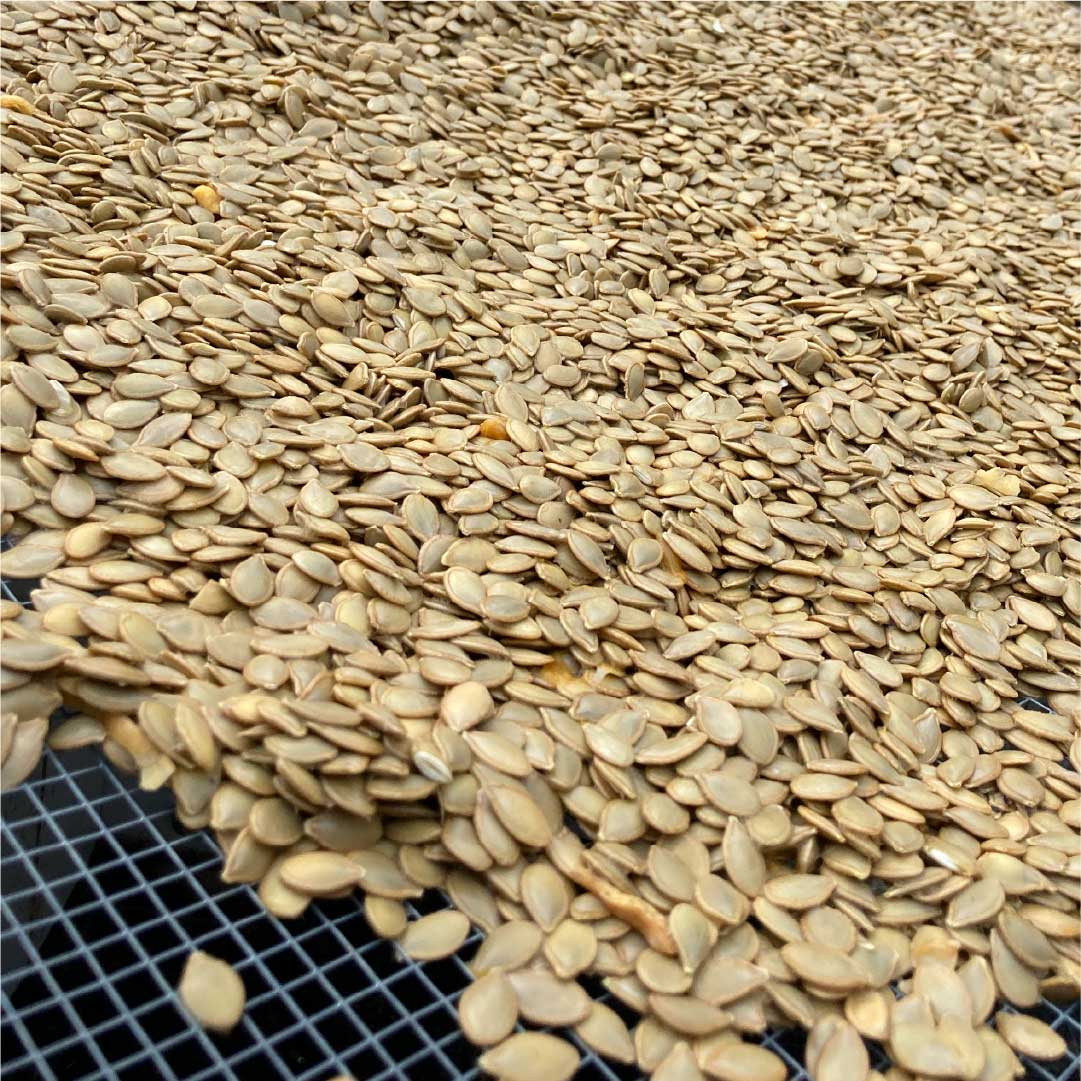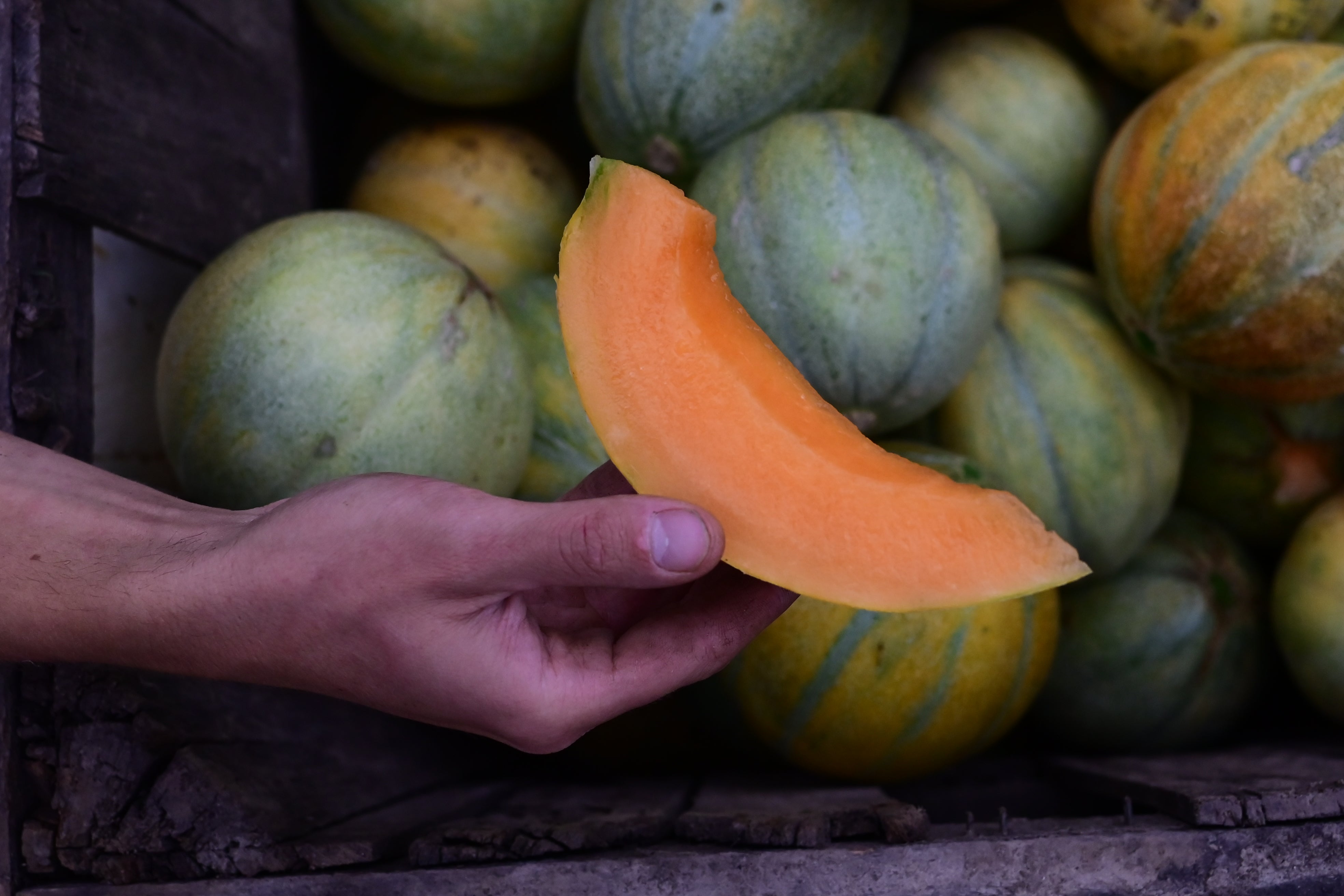
Driftless Seed Supply Grower Resources
Watermelons and Other Melons Growing Resources
Historical and Cultural Significance
Melons, including watermelons, have a storied history with origins that trace back to different parts of the world. Watermelons, specifically, are native to Africa and have been cultivated for over 4,000 years, particularly in regions like the Kalahari Desert. They were treasured for their hydrating qualities in arid climates and held cultural importance in societies like ancient Egypt. As a testament to their value, watermelons were often placed in the tombs of kings. The spread of watermelons across trade routes brought them to Europe and Asia, leading to further cultivation and adaptation.
In the Midwest U.S., watermelons symbolize summer, community, and celebration. Thriving in warm summers, they are a staple at social gatherings and symbolize communal sharing and agricultural tradition. Other melons, like cantaloupes and honeydews, also enjoy popularity for their sweet, refreshing flavors and are often integral to culinary traditions across the world.
Site Selection and Soil Preparation
- Choose a sunny location with well-drained soil for both watermelons and other melon varieties.
- Ideal soil pH for melons is between 6.0 and 6.8.
- Enrich the soil with organic matter before planting to promote healthy growth.
Planting: Timing, Spacing, and Depth
- Plant seeds after the last frost when the soil has warmed up.
- For watermelons, space plants about 3-6 feet apart in rows 6-8 feet apart. Other melons may require slightly different spacing depending on the variety.
- Plant seeds 1 inch deep for optimal germination.
Irrigation
- Melons, including watermelons, require ample and consistent watering for proper growth and sweet fruit development.
- Avoid over-watering as it can dilute the flavor of the fruit.
Fertilization
- Apply a balanced fertilizer during the growing season.
Adjust fertilization based on soil test results to suit the specific needs of melons:
- For soils with less than 2% organic matter, apply 100 pounds of nitrogen per acre.
- For soils with 2.0–9.9% organic matter, apply 80 pounds of nitrogen per acre.
- For soils with 10–20% organic matter, apply 60 pounds of nitrogen per acre.
- For soils with more than 20% organic matter, apply 30 pounds of nitrogen per acre.
- Split nitrogen applications, with the first application when plants have two or more true leaves and additional applications during the growing season.
For phosphate (P₂O₅) and potash (K₂O), apply based on soil test recommendations, typically around 100-150 pounds of P₂O₅ and 100-200 pounds of K₂O per acre.
Pest and Disease Management
- Employ organic pesticides and practice crop rotation for control.
- Pests: Manage aphids with insecticidal soaps or neem oil and encourage beneficial insects. For cucumber beetles, use pyrethrins and row covers. Control spider mites with insecticidal soaps or neem oil.
- Diseases: Use organic fungicides containing sulfur or potassium bicarbonate for powdery mildew; copper-based fungicides for downy mildew; and organic biofungicides for anthracnose. Crop rotation and proper sanitation are crucial.
- Soil-Borne Issues: For Fusarium wilt, use disease-resistant varieties and practice crop rotation. Organic soil amendments can manage root-knot nematodes.
Harvest Recommendations
- Harvest melons, including watermelons, when they sound hollow upon tapping and the underside turns yellow. The tendril near the fruit stem should be dry and brown.
Post-Harvest and Storage
- Handle all melons carefully as they can bruise easily.
- Store at 50-60°F with 85-90% relative humidity for optimal shelf life.

